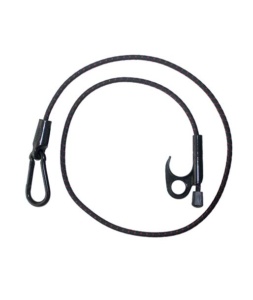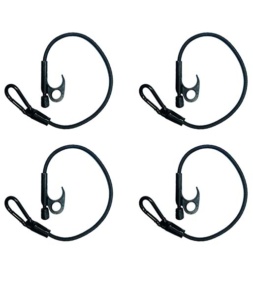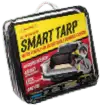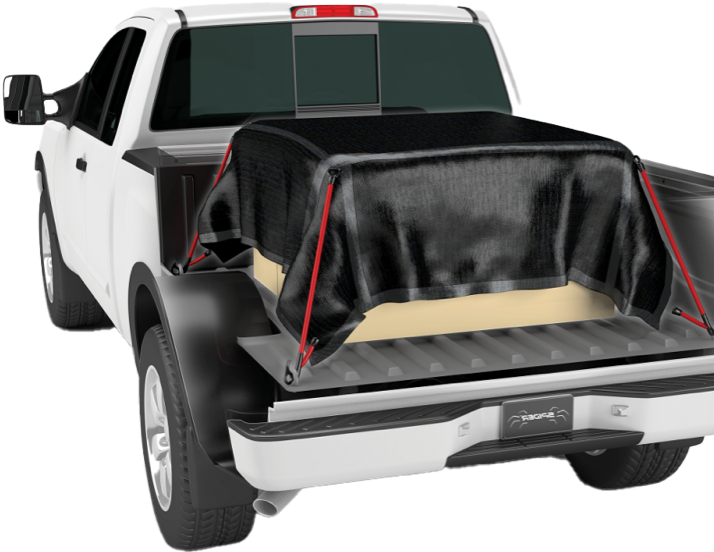Figuring out how to clean a tarp first starts with determining what material your tarp is made of, then following a short set of steps to clean it. Tarps, short for tarpaulins, are versatile and durable covers used to protect a range of items from outdoor elements such as rain, sun, and wind. But, even though they’re used to keep your belongings clean and safe from the elements, sometimes they need a good clean too.
Regardless of the material of the tarp you have, it’s important to keep it clean and well-maintained. This will help it last as long as possible and perform its best.
Cleaning different materials of tarps
Tarps are made from a wide variety of materials. Each of which has a different purpose. Some of the most common materials of tarps include canvas, polyethylene, vinyl, and mesh.
Spider Tarp offers a range of tarps in trailer covers, ute covers, and truck covers, made from different materials, each with its own unique benefits. Our tarps are made from tough, rip-resistant materials such as waterproof polyethylene (PE) coated fabrics for general domestic use, and heavyweight 600gsm (18oz) waterproof vinyl (PVC) coated fabrics featuring 50mm (2”) edge webbing for trade and industrial applications.
Will the type of material affect how to clean a tarp?
The type of material used in a tarp can change the cleaning process. For example, vinyl tarps are more durable and resistant to water, but they can be more challenging to clean than polyethylene tarps. Meanwhile, mesh tarps are breathable, making them great for airflow, but they can also collect debris more easily.
Depending on the type of material you use, you may want to supply different equipment or use different cleaning methods. The below method on how to clean a tarp is an outline, that will be applicable to most common materials tarps are made of.
What you'll need to clean your tarp
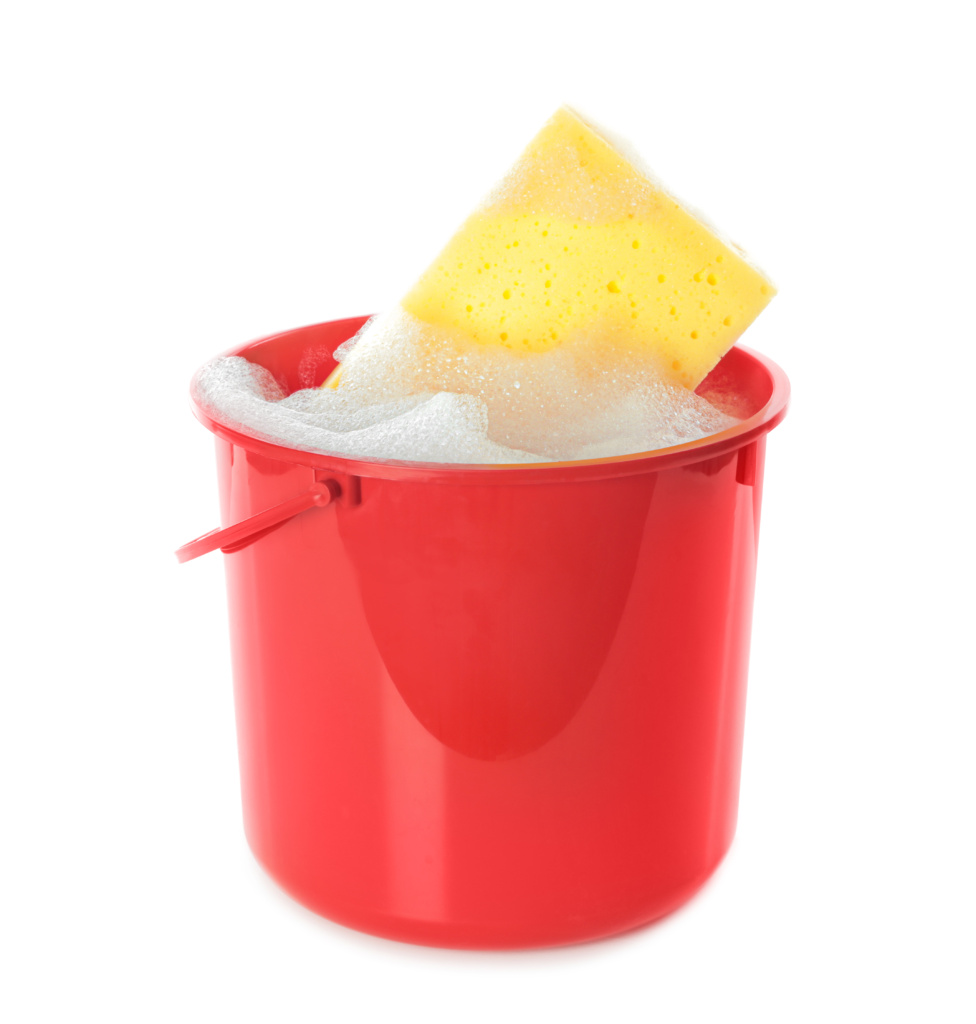
Materials needed to clean a tarp
Before learning how to clean a tarp, it’s time to grab your supplies. Some helpful tools to help you clean a tarp include:
- A soft-bristled brush or sponge
- Mild soap or detergent
- A hose (and water source) or bucket of water
- A clean towel or rag for drying
- A small brush to clean hook straps if needed (a toothbrush would work well)
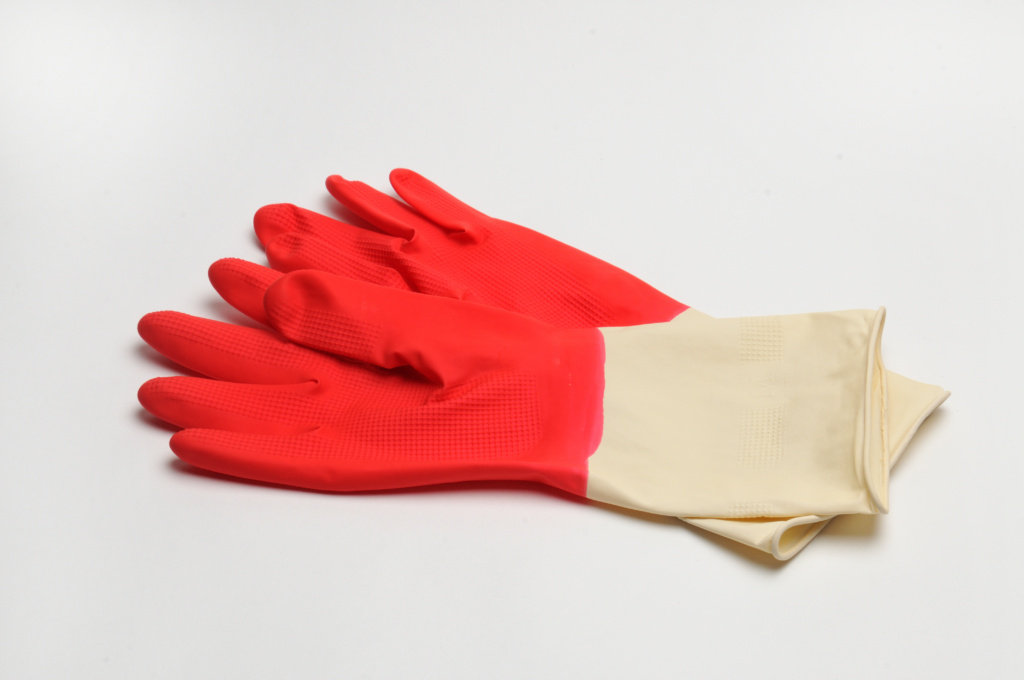
Safety precautions
And of course, it’s important to take safety precautions to avoid injury to yourself or damage to your tarp.
- Wear protective gloves and eyewear to prevent any chemicals or debris from getting into your eyes or skin.
- Avoid using abrasive cleaners or brushes that can damage the tarp’s surface.
Remember, even some cleaning materials recommended to clean tarps can be harmful to your eyes or skin. So it’s always best to be cautious and use safety precautions.
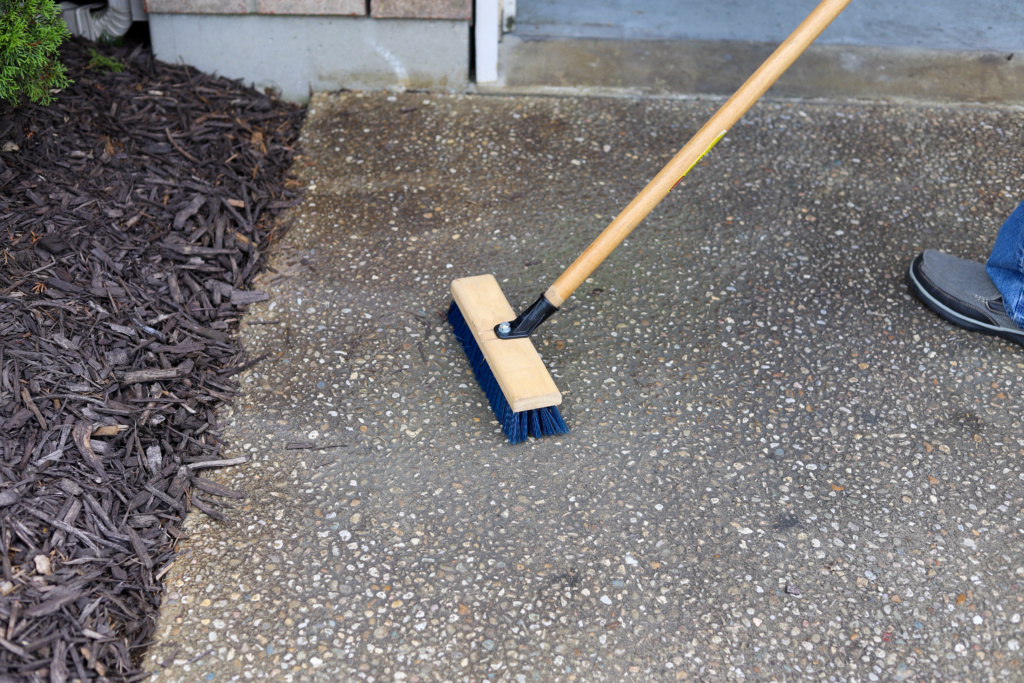
Choosing a location
You will also need to choose where you’re going to clean your tarp. An open, flat space with good drainage is ideal.
- If you’re cleaning your tarp on a sensitive surface, you may want to lay down some old cardboard, plastics, or trays to protect it from any chemicals you use.
- Ensure your cleaning solution doesn’t harm nearby plants or grass.
Clean your tarp on a hard surface such as a driveway or patio to make cleanup easier.
Steps on how to clean a tarp
Cleaning your tarp is a straightforward process that can be accomplished with a few simple steps:
- Lay the tarp flat on a clean, flat surface.
- Use a soft-bristled brush or sponge to remove any loose dirt or debris from the tarp.
- Mix a mild soap or detergent with water in a bucket or spray bottle.
- Apply the cleaning solution to the tarp, working in small sections from one end to the other.
- Use a soft-bristled brush or sponge to scrub the tarp gently, paying extra attention to any stains or spots.
- Rinse the tarp thoroughly with a hose or bucket of clean water to remove all traces of soap.
- Use a clean towel or rag to dry the tarp completely, making sure to remove any excess water.
Alternate cleaning methods
Different types of stains may require different cleaning methods. For example, grease or oil stains can be removed with a degreaser or a mixture of baking soda and vinegar. For mould or mildew, a mixture of bleach and water can be used.
Always test any cleaning solution on a small, inconspicuous area of the tarp before applying it to the entire surface.
If your tarp or trailer cover has hook straps or bungee cords, you can clean them with a small brush (like a toothbrush) to remove debris such as sand. Rinsing with fresh water may also help.
Drying a tarp after cleaning
It’s important to properly dry your tarp after cleaning to prevent mould or mildew growth. Hang the tarp over a clothesline or lay it flat on a clean surface to air-dry completely before folding or storing.
Keeping your tarp clean
Proper maintenance of your tarp can help keep it clean for longer and extend its life. Here are a few tips for maintaining your tarp:
- Regularly clean your tarp as outlined in the previous section.
- Avoid storing your tarp when it is wet or damp, as this can cause mould or mildew growth.
- If possible, store your tarp in a cool, dry place out of direct sunlight.
- Inspect your tarp regularly for signs of wear and tear, such as holes or frayed edges.
- Patch any holes or tears immediately to prevent further damage.
- Use caution when folding or storing your tarp to avoid creases or folds that can weaken the material.
Storing your tarp after cleaning
When it’s time to store your tarp, fold it neatly and place it in a dry, cool place out of direct sunlight. Avoid folding your tarp in the same place every time, as this can cause creases that weaken the material over time. For long-term storage, consider using a plastic storage container to protect your tarp from moisture and pests.
Checking for signs of wear and tear
Regularly checking your tarp for signs of wear and tear can help prevent future damage or risk. If your tarp is heavily damaged, it may be time to replace it. Signs it may be time to replace your tarp include:
- holes
- tears
- severe fading
By regularly inspecting and maintaining your tarp, you can extend its lifespan and save money in the long run.
Final thoughts on how to clean a tarp
Tarps are a handy tool for protecting your valuables from the elements. But even though they protect what they cover from the elements, occasionally tarps will need some TLC too.
Gather the necessary supplies, take safety precautions, and choose the right spot to clean your tarp. Follow the steps provided, and if you find stubborn stains or dirt, try using the tips mentioned above to remove them.
Cleaning your tarp regularly can help keep it in its best condition and prevent damage. By doing so, you can protect your valuables and save money in the long run by avoiding costly repairs or replacements.
For more tips on tarps and covers for utes, covers for trailers, or covers for trucks, check out our latest resources and news.
The material tarps are made of can depend on their use and origin. Most commonly, tarps can be made from a variety of materials, including polyethylene, canvas and vinyl. Each tarp material has its own advantages and disadvantages, and it’s important to understand the properties of each before making a decision.
Tarps have been around for centuries and have been used for a variety of purposes, from protecting outdoor equipment to providing temporary shelter. With so many different types of tarps available on the market, it can be tough to figure out which one is best for your needs and why.
The backstory of tarps and what materials they're made of
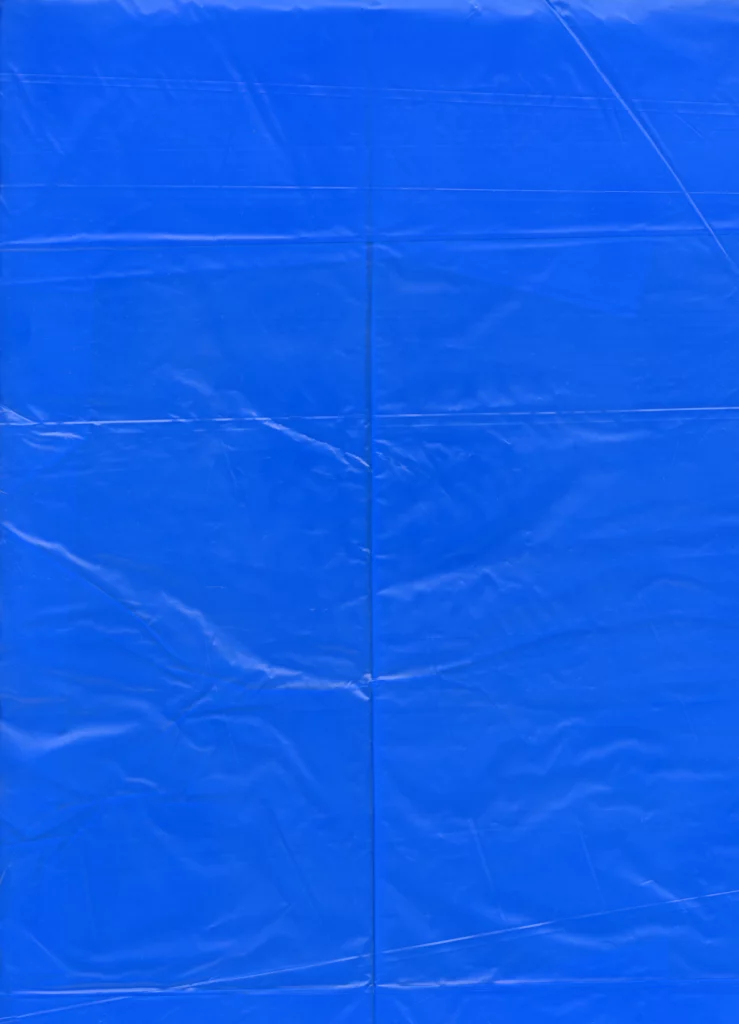
The first material tarps may have been made of
The use of tarps can be traced back to ancient times when nomadic people used animal hides to cover their shelters and protect their belongings from the elements. Tarps as we know them today likely evolved from these early forms of shelter and protection.
More recently, in the late 19th and early 20th centuries, tarps were primarily made from canvas, a heavy-duty and durable material that was ideal as the use of tarps grew with industries such as construction, agriculture, and transportation expanded and needed reliable, low-cost solutions for protecting their equipment and materials
How the material tarps are made of changed
Then, in the mid-20th century, the advent of new synthetic materials such as polyethylene (PE) and polyvinyl chloride (PVC) led to the development of lighter and more affordable tarps. These new materials offered improved resistance to water, UV light, and other elements, making them ideal for a wide range of outdoor uses.
Today, because they’re more versatile and affordable than ever, tarps continue to be an essential tool in a variety of households and industries. And, with new advances in materials and manufacturing techniques leading to ever-more specialised tarps for specific uses and applications, such as ute tray covers, tarps are going to be a staple for a long time to come.
What material are tarps made of? Common materials used in tarps
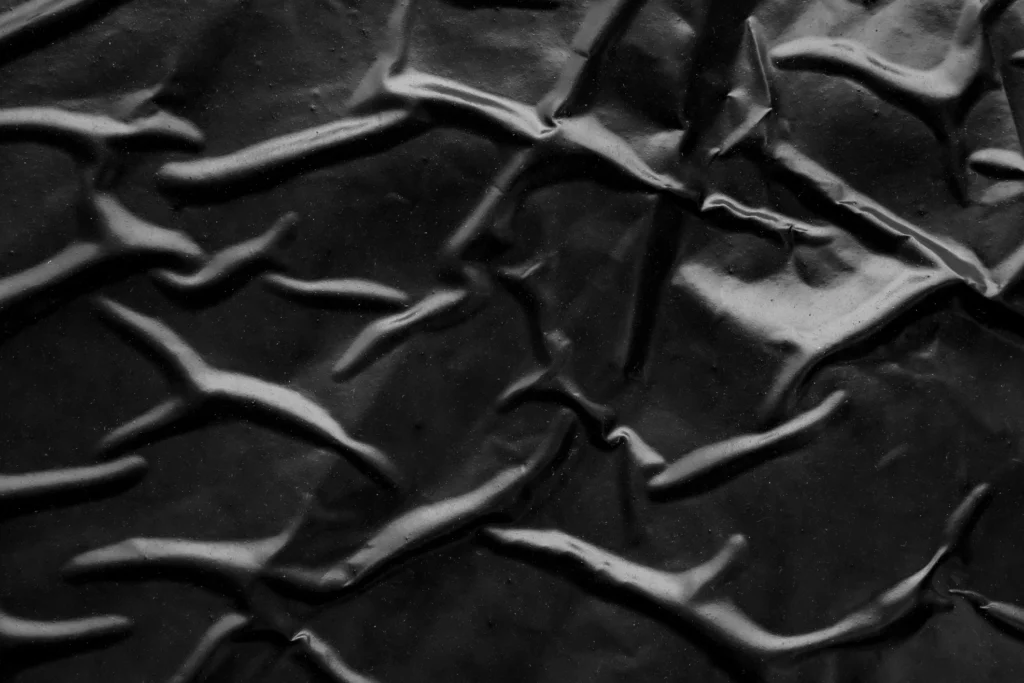
Polyethylene (PE)
Polyethylene (PE) is a thermoplastic polymer made from the monomer ethylene . It is a versatile and widely used material that is commonly found in many consumer and industrial products such as:
- Plastic bags, films, and packaging materials
- Food storage containers
- Water bottles
- Automotive parts
- Wires and cables
PE tarps are made from High-Density Polyethylene (HDPE) which is applied as lamination to each side of a fabric scrim. PE tarp edges are typically heat-sealed or “welded” and often contain a synthetic cord in the hem to improve edge stiffness.
Advantages of this material of tarp
Polyethylene is one of the most commonly used materials for tarps because it is affordable, lightweight, and durable. This makes PE tarps ideal for a variety of outdoor applications, from covering outdoor equipment to providing temporary shelter.
Disadvantages of this material of tarp
One of the disadvantages of polyethylene tarps is that they are not very breathable, which means that moisture can build up underneath the tarp. Additionally, polyethylene tarps tend to be lighter in weight and are more prone to tearing, which makes them less suitable for repetitive heavy-duty applications.
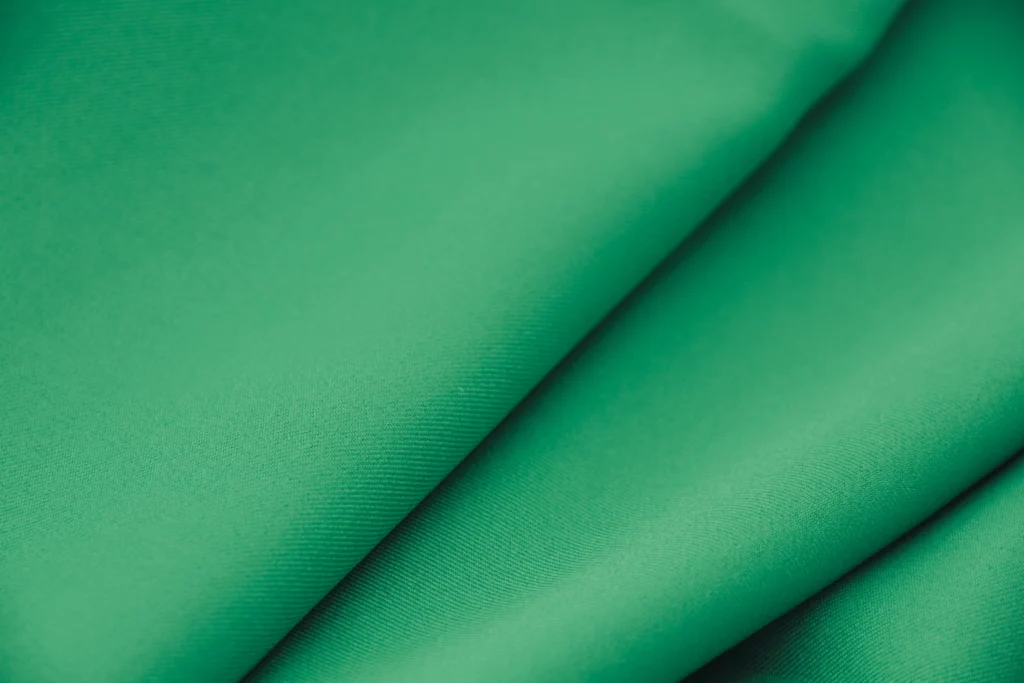
Canvas
Canvas is a durable and heavy-duty material that is commonly used in the manufacture of tarps. It is made from cotton or synthetic fibres that are woven into a tightly woven fabric. The tight weave of canvas makes it naturally water-resistant, while its breathable nature allows it to prevent condensation buildup. Canvas is commonly used in products like:
- Tents and camping gear
- Backpacks and duffel bags
- Sail covers, boat covers, and boat tarps
Advantages of this material of tarp
Canvas tarps are known for their durability, breathability, and water resistance. This makes them ideal for outdoor applications where protection from the elements is important. Additionally, canvas tarps are known for their long-lasting qualities, which makes them a good investment for those who use tarps frequently.
Disadvantages of this material of tarp
One of the main disadvantages of canvas tarps is their weight. Canvas tarps are much heavier than PE and PVC tarps, which makes them less suitable for applications where portability is important. Additionally, canvas tarps are more expensive than PE and PVC tarps, which can make them less accessible to some consumers and can be prone to mould if not dried correctly.

Vinyl
Vinyl is a synthetic polymer made from polyvinyl chloride (PVC) resin. It is a versatile and durable material that is often used in making tarps, but it’s also used in the making of rainwear, pool covers, and even home flooring.
PVC tarps are made by spreading a thin layer of PVC on each side of a synthetic scrim. The strength of the tarp is dependent on the thickness of the PVC layer and the density of the scrim. PVC tarp edges can be heat sealed in similar manner to PE tarps, but can also be sewn directly or with webbing for additional strength and durability.
Advantages of this material of tarp
Vinyl tarps are known for their waterproof qualities, making them ideal for applications where protection from the elements is essential. Additionally, vinyl tarps are durable and easy to clean, making them a good choice for those who use tarps frequently.
Disadvantages of this material of tarp
Like PE tarps, solid vinyl tarps are not breathable, which can lead to moisture buildup underneath the tarp. Additionally, vinyl tarps can become brittle over time if not properly treated with UV protection, especially in extreme weather conditions.
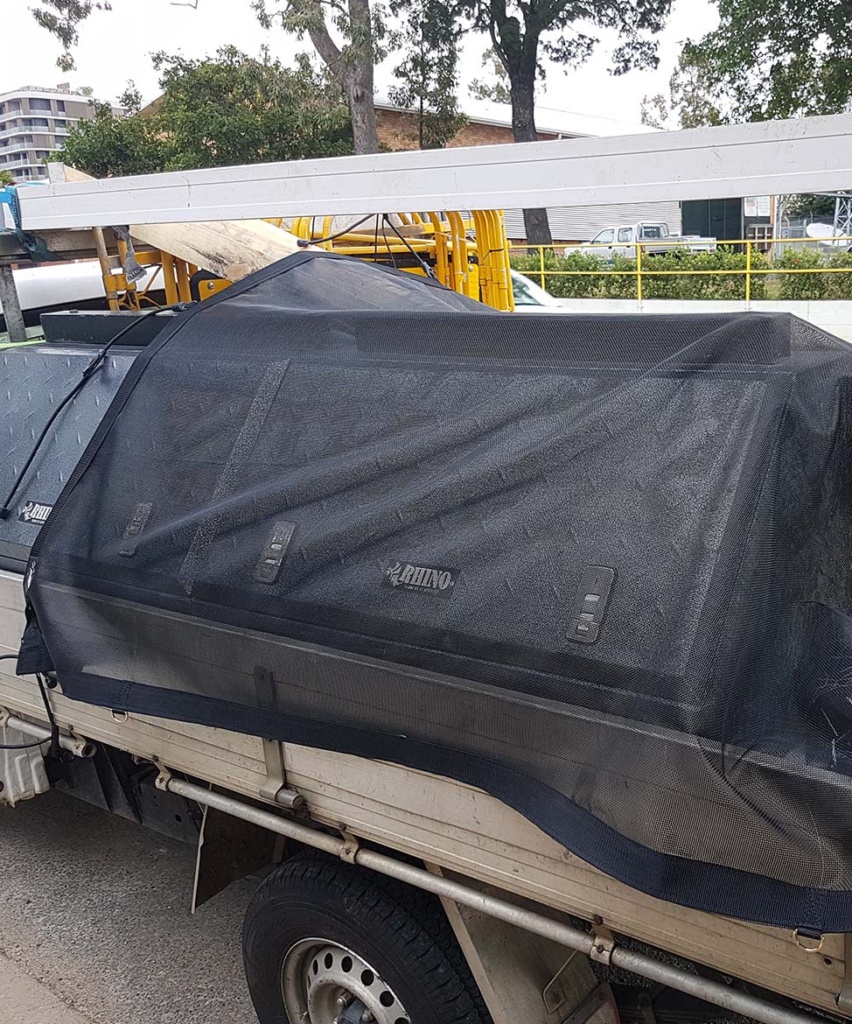
Other materials and construction (e.g. mesh, cotton, etc.)
There are many other materials used in tarps such as cotton and synthetic fabrics. Each material has its own advantages and disadvantages, and it’s important to consider these when choosing a tarp.
Mesh tarps are made from similar materials to solid tarps however they differ in being constructed from woven threads. These tarps are relatively lightweight, flexible and breathable, making them ideal for outdoor applications, particularly involving light diffusion and where wind may be an issue. On the other hand, cotton tarps are durable and water-resistant, but they can be heavy and expensive. It’s important to consider your specific needs and the type of application you will be using the tarp for when making your decision.
Choosing material tarps for you
Choosing the best material for a tarp depends on the specific needs and requirements of the user. While canvas is known for its heavy-duty and durable nature, polyethylene is a versatile and widely used material that offers relatively low cost, durability and weather resistance. For repetitive heavier-use trade and industrial applications, vinyl may be more appropriate.
Spider Tarp Australian Tarps
To learn more about the best material for your specific needs, take a look at the available Spider Tarp covers and Spider Tarp cords for more information. Spider Tarp uses a range of high-quality materials including UV-treated polyethylene (PE) and vinyl (PVC), coated fabrics to manufacture their waterproof covers and heavy-duty mesh cargo nets. Each tarp material is chosen for its durability and functionality, and application.
With a wide range to suit all budgets and needs, Spider Tarp offers a variety of options for all your load cover requirements. Take a look at the shop to learn more about each individual product, or contact us to learn more.
Do I need to Cover My Trailer Load?
According to the National Transport Commission and the Load Restraint Guide for Light Vehicles, 2018 edition, all loads that are hauled by truck, ute, or trailer must be adequately restrained. In all cases but the lightest loads, a tarp is normally not enough of a restraint to be relied upon by itself.
However, in conjunction with other lashings, a strong trailer cover fastened with appropriate attachment cords is a great way to help not only keep the load secure and constrained but also to protect it from wind and inclement weather.
Some light loads might include garden waste, such as grass clippings, small branches, garden and household rubbish, or similar, that you are taking to the tip. The sides of your ute or trailer are typically enough to constrain the waste as long as it’s covered by a tarp. Another light load might be light building materials, which could include:
- drywall
- plasterboard
- plastic pipes
- other items that could be dislodged by the wind
A heavy-duty tarp will usually be enough to hold these materials in place. The same holds true for recreational items like camping gear, climbing gear, or equipment for the beach.
Remember, a tarp by itself will normally only suffice if the load is below the sides of the trailer. For items that protrude above the sides, additional lashings will be necessary, like Spider-Cords. Heavy and bulky items, such as refrigerators, desks and beds may need to be restrained by load-rated straps and lashings.
How to Cover a Trailer with a Tarp
When tarping a trailer for transporting goods or camping, the first decision is to decide whether you want to use a fitted tarp or a flat tarp. Of course, fitted tarps must be chosen to match your utility trailer whereas a regular flat tarp needs to be must be adjusted to fit.
For a fitted tarp, you will need to determine the normal loading configuration of the trailer as the tarp is typically fastened to the trailer with multiple short fixed-length cords. If your load is going to extend beyond the trailer side walls, then you need to account for that extra space when choosing a tarp of the correct size.
Flat tarps provide a flexible way to cover a large variety of loads. They must be folded to fit the trailer, but they will work just as well as long as you’re careful about selecting an appropriate-sized tarp and its folding.
Having a tarp that is the wrong size or that is incorrectly folded and secured could create dangerous results. The tarp could foul in the wheels of the trailer if it’s too big, or part of the load could be dislodged from the trailer if it’s too small resulting in penalties under the Load Restraint Guide for Light Vehicles. When folding the tarp, it’s important to ensure that the folds face towards the rear of the trailer so that the wind flows smoothly over the tarp rather than catching in the fold and potentially causing billowing.
Adjustable trailer covers with tightening straps and cords like Spider Tarp’s range can help in ensuring your load is safely secure with minimal effort and reliable results.
Grommets, D-ings and eyelets
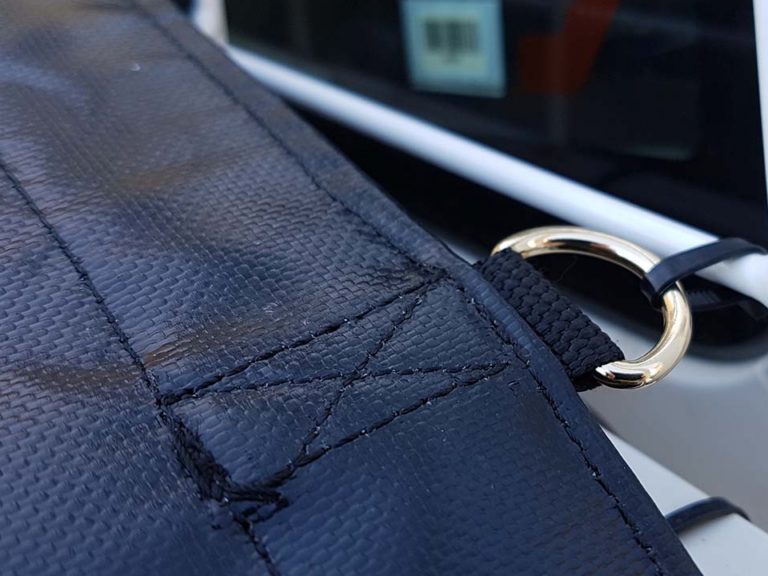
When it comes to how to cover a trailer, the tying technique you will use depends on whether or not your tarp has dedicated connections like D-Ringsor eyelets. With these connections, it’s a simple matter of threading rope or using some other connection to secure the tarp to the trailer tie bars or securing points.
Most of the time, you will find heavy-duty tarp clips to be a workable alternative when you’re trying to figure out how to put a tarp on a trailer without these connections. But, it’s better to only use this method for lighter loads because the temporary option, no matter how strong, won’t be as secure as eyelets or D-Rings on a purpose-built trailer cover.
In an emergency, such as when a tarp tears, it’s possible to place something nonabrasive and round into the folds of the tarp and close the tarp around it with rope or bungee cord. Such jury-rigging is unreliable and should only be used when there is no other alternative. If you’re transporting goods in a trailer and your cover has become damaged, your safest course of action is to pull over, assess the damage and readjust and secure the cover where possible.
Correct Loading Procedure When Covering a Trailer
The question of, “How to Cover a Trailer With a Tarp”, is only part of the equation. How you load the trailer is equally as important. Always put the heavy items on the bottom and the lighter items on top.
Be sure to spread the load evenly across the flat surface of the trailer. Load the heaviest of items over the wheels and axles and balance the load evenly across the flat space. Fasten the heaviest items with a separate set of straps or cords before attaching the tarp.
Finally, avoid overloading your trailer or allowing too much to overhang any side of the vehicle. If something doesn’t fit, then you’re going to need a bigger vehicle. If you have to, make multiple trips rather than trying to cram the load together for one trip. Your safety and the safety of those you share the road with are paramount in all cases.
Miscellaneous considerations when transporting in trailers
Don’t transport loose tools. Put them in toolboxes, and fasten them properly. When it comes to bigger tools like rakes and shovels, which won’t fit into a toolbox, you can use a heavy-duty tarp or cargo net instead. It’s often easier to transport garden refuse if you bag it than if you simply toss it into the trailer.
Spider Tarp Covers
To transport goods safely, securely, and reliably, consider using an Australian-designed and purpose-built trailer cover solution from Spider Tarp.
Manufactured using either waterproof 230gsm PE or Spider-Mesh™ 350gsm PVC fabrics, you can choose between two high-quality materials to tailor the product to your exact needs. Available in various shapes and sizes to suit open and caged box trailers from 6’ x 4’ up to 8’ x 5’, these trailer covers are designed to fit without any unnecessary overhang.
The patented Spider Tarp attachment system makes securing the cover easier than ever with eight adjustable attachment cords and Spider-Lock™ hooks that are permanently fitted on each corner and midway along each edge. On our larger trailer cover, there are an additional eight brass eyelets positioned midway between the attachment cords – giving users extra flexibility when it comes to security. To add even more stability if necessary, your trailer covers can be further secured with 120cm Spider-Cord™ with Carabiner
This product has been designed with convenience, strength and dependability in mind – making the Spider Tarp Trailer Cover the perfect accompaniment for outdoor activities or transporting goods during all types of weather conditions.
Learn more about Spider Covers, or shop online for specials and your trailer cover today.
This month, Spider Tarp Managing Director Graeme Breen and Omni Alliance showcased a range of truck covers at SEMA in Las Vegas with a large interest from US automotive aftermarket retailers.
Specialty Equipment Market Association (SEMA) now consists of 6,383 companies worldwide, bringing together aftermarket manufacturers, original equipment manufacturers (OEM), media, car dealers, specialty equipment distributors, installers, retailers and restoration specialists.
The largest of the SEMA events held annually during the first week of November is the SEMA Show at the Las Vegas Convention Center in Las Vegas, Nevada in conjunction with the Automotive Aftermarket Industry Week.

"*" indicates required fields
Spider Tarp is an Australian company that designs and manufactures unique adjustable bungee cords and premium vehicle load covers. Spider Tarp was born from the frustration of using traditional cargo nets that tangle and snag. We saw the need for a quick, simple and safe attachment system that anyone can easily use.
If you need to cover high and uneven loads on your ute, truck or trailer, or need a short or long bungee cord for an unusual or difficult application, Spider Tarp products make the job a breeze.


